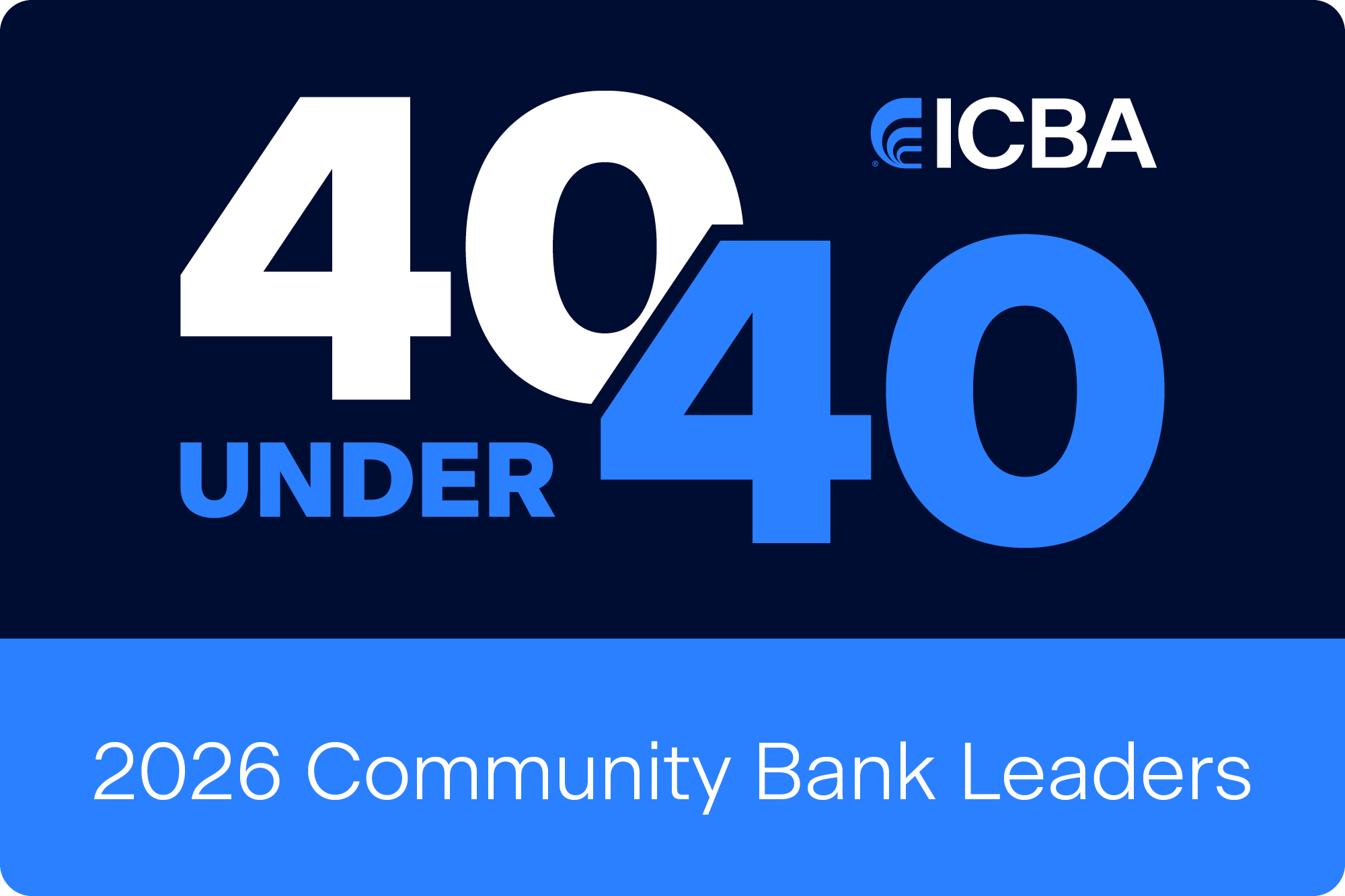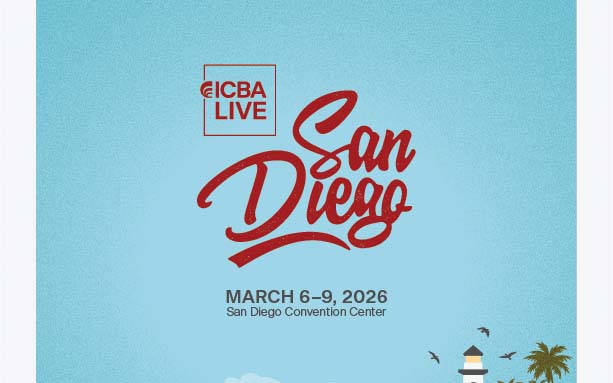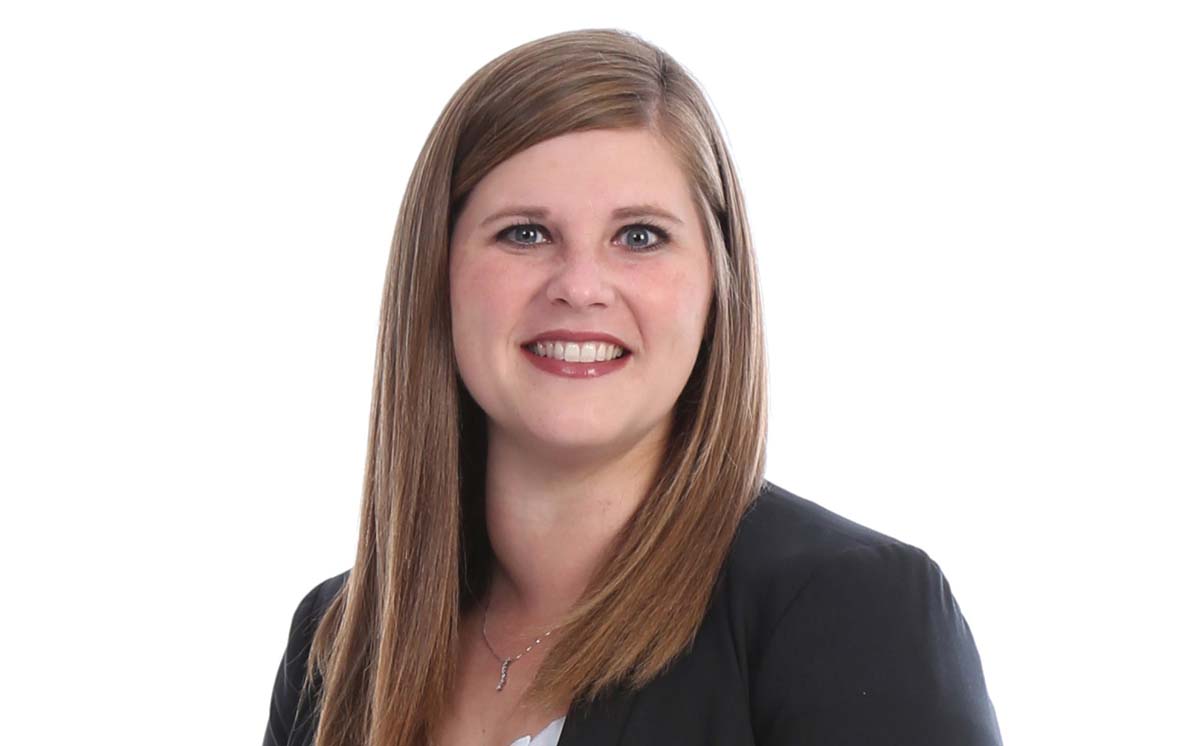A guide for taking advantage of 2022.
Jim Reber: Swap meet
April 01, 2022 / By Jim Reber
A guide for taking advantage of 2022.
By Jim Reber, ICBA Securities, and Tommy Warren, Vining Sparks Interest Rate Products, LLC
This year seems to be shaping up pretty well for community banks. Credit quality remains solid, and liquidity is plentiful. Even better, the Federal Reserve has gotten off the schneid with interest rates, and it looks like there’s more from where that came from. While a lot of the anticipated activity is already in the yield numbers, it’s not too late to dial in some strategies to take advantage. In fact, we’re probably still early in the game.
If we were to list the “good” and “bad” effects on community bank balance sheets from higher rates, it would be heavily weighted toward the former. Among the few negatives are a decline in the value of the bond portfolio and below-market yields for fixed-rate assets. Thanks to financial service providers who have gradually scaled their offerings to fit community banks and—surprise!—the Financial Accounting Standards Board (FASB), which has made interest rate products much more accessible, your institution can dodge even these few bullets. It’s no surprise that community banks are using these strategies in record numbers.
It’s important to understand the impact of changing market conditions on your performance. Your asset liability modeling and reporting system should produce the information you need to make that assessment. If you are exposed to a flatter curve or higher rates (including its impact on capital at risk), here are some ideas to consider.
Float that loan
We are pretty sure your borrowers see the same news that you do: Rates are going up. News of rising rates typically prompts them to ask for longer-term fixed-rate loans. Commercial loan hedging is a great way to turn what could be a negative into a profitable positive. Among other benefits, it creates a new source of fee income for the bank, allows the borrower to lock in a long-term fixed rate for 10 years or more and does not create interest rate risk for the bank. In addition, it provides some interesting competitive benefits. For example, for borrowers not quite ready to close a loan today or who are requesting a commercial construction loan, a forward starting transaction provides borrowers with a known fixed rate today that does not start until a predetermined future date.
In the consumer lending arena, many community banks added mortgages (loans or securities) to the balance sheet as they sought to deploy excess liquidity. In many cases, these fixed-rate mortgages were made at all-time low rates, and their durations may extend as rates increase. Interest rate swaps allow you to convert a portion of the portfolio to an adjustable-rate asset, providing a dramatic reduction in interest rate risk and the ability to recoup margin as the Fed increases rates.
Using forward starting swaps allows banks to lock in a known fixed rate at a predetermined future date when liquidity may be needed.
On-demand adjustables
Municipal bonds are historically a significant portion of high-performing bank investment portfolios. If you are concerned about having too much interest rate risk in the investment portfolio, combining a long-term municipal with an interest rate swap creates a high-yielding floating rate investment with minimal interest rate risk. Many banks with balanced interest rate risk profiles purchase a pool of long-term municipals and use a swap to convert a portion to an adjustable-rate asset to balance the benefits of longer-term assets and the interest rate sensitivity of adjustable securities.
Money for (next to) nothing
Most banks do not need liquidity now, but forward-thinking banks recognize liquidity tends to be cyclical, and 2023 may bring liquidity needs. Using forward starting swaps allows banks to lock in a known fixed rate at a predetermined future date when liquidity may be needed. If the funding is not needed, the swap can be closed at market.
What makes these ideas work in a rising rate, flatter curve environment? The answer is simple. Each of these ideas uses a pay fixed interest rate swap. A plain vanilla swap has two legs: a pay leg and a receive leg. With a pay fixed interest rate swap, the bank receives a floating rate indexed to the short end of the yield curve (usually Fed Funds, SOFR or Prime). As those rates increase, the bank receives a higher rate on that leg of the swap. If you are exposed to higher short-term rates or want to increase the benefit of higher short-term rates, all these ideas will work.
The community banking industry broadly is situated well for the interest rate backdrop in 2022. One missing piece to the revenue pie may be fee income, as there doesn’t seem to be a third iteration to the PPP in the mix. Interest rate swaps, in addition to defeasing price risk on a number of balance sheet items, can fill in the noninterest income gap. It’s easy to see why community banks are utilizing these popular tools.
Education on Tap
Webinar on rate swaps this month
ICBA Securities and its exclusive broker Vining Sparks present the next installment of the 2022 Community Banking Matters webinar series on April 12 at 10 a.m. Central. The topic is “Interest Rate Swaps: Not Just for Hedging.” To register, visit viningsparks.com
State of the economy update
Vining Sparks economists Craig Dismuke and Dudley Carter will present their second quarter Economic Outlook webinar on April 8 at 10 a.m. Central. Both webinars qualify for up to one hour of CPE credit. Visit icbasecurities.com to register.
Jim Reber, CPA, CFA (jreber@icbasecurities.com), is president and CEO of ICBA Securities, ICBA’s institutional, fixed-income broker-dealer for community banks
Tommy Warren (twarren@vsirp.com) is senior vice president with Vining Sparks Interest Rate Products, LLC
Subscribe now
Sign up for the Independent Banker newsletter to receive twice-monthly emails about new issues and must-read content you might have missed.
Sponsored Content
Featured Webinars
Join ICBA Community
Interested in discussing this and other topics? Network with and learn from your peers with the app designed for community bankers.
Subscribe Today
Sign up for Independent Banker eNews to receive twice-monthly emails that alert you when a new issue drops and highlight must-read content you might have missed.
News Watch Today

Join the Conversation with ICBA Community
ICBA Community is an online platform led by community bankers to foster connections, collaborations, and discussions on industry news, best practices, and regulations, while promoting networking, mentorship, and member feedback to guide future initiatives.













